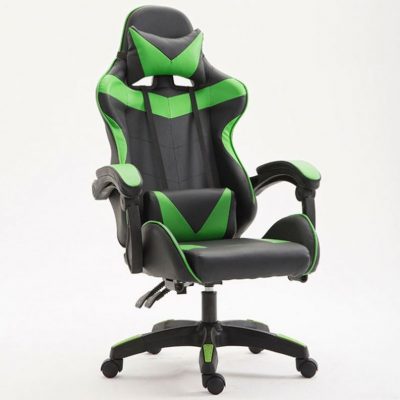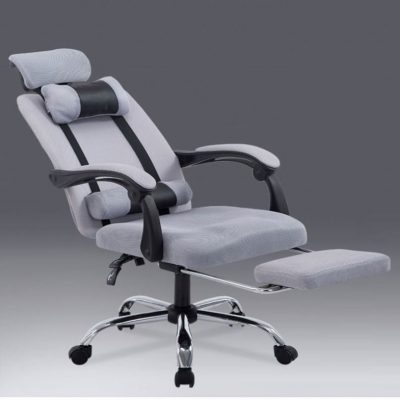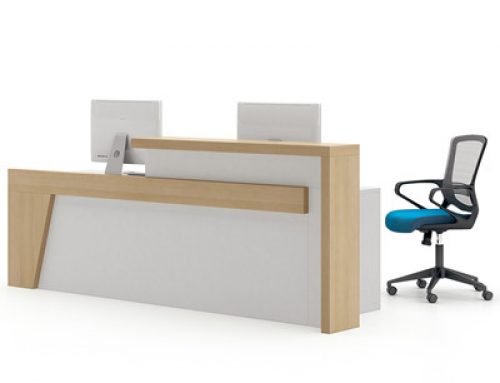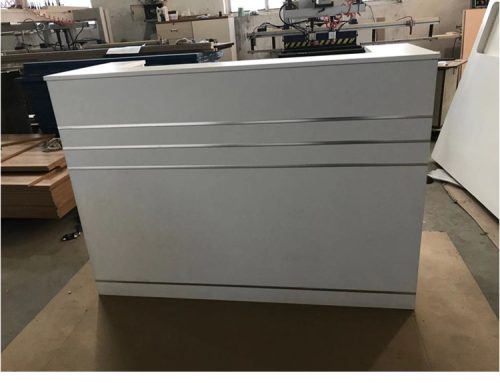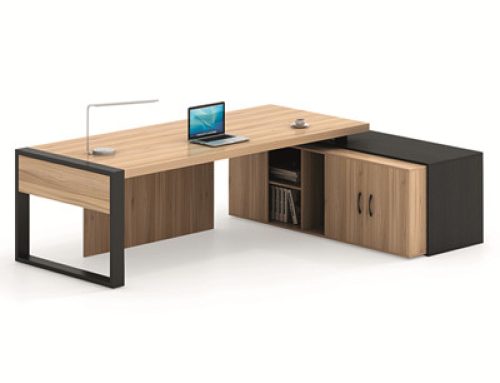A great office chair should have a combination of features that promote comfort, ergonomics, and overall well-being. Here are the key features to look for in a high-quality office chair:
- Ergonomic Design: The chair should be designed to support the natural curve of your spine, promoting good posture and reducing the risk of back and neck strain.
- Adjustability: Look for a chair with multiple adjustable features, including:
- Seat Height: You should be able to adjust the height so your feet are flat on the floor, and your knees are at a 90-degree angle.
- Backrest Angle: A reclining backrest with adjustable tension can help you find the most comfortable position.
- Lumbar Support: Adjustable lumbar support helps maintain the natural curve of your lower back.
- Armrests: Adjustable armrests allow you to rest your arms comfortably while typing or working.
- Seat Depth and Width: The seat should be deep enough to support your thighs without putting pressure on the back of your knees. It should also be wide enough to provide comfortable support.
- Material and Padding: High-quality foam padding and breathable upholstery, such as mesh or fabric, enhance comfort and ventilation.
- Swivel and Casters: A swiveling base and smooth-rolling casters allow you to move around your workspace without straining.
- Headrest: Some chairs come with an adjustable headrest that can provide support for your head and neck, especially during moments of relaxation.
- Weight Capacity: Ensure the chair can support your body weight comfortably without compromising its structural integrity.
- Sturdy Construction: A well-built chair with a durable frame ensures longevity and stability.
- Tilt Mechanism: A synchronized tilt mechanism allows the seat and backrest to recline together, maintaining proper alignment and comfort.
- Breathability: If you tend to get warm while sitting, consider a chair with a breathable mesh back that allows for better airflow.
- Noiseless Movement: Quality casters that move quietly prevent disruptions in a shared office environment.
- Easy-to-Use Controls: Adjustable features should be easy to access and use without requiring excessive effort.
- Aesthetics: While not a functional feature, a chair that fits your office’s style can contribute to a more visually appealing workspace.
- Warranty and Support: Look for chairs with reliable warranties and good customer support in case you encounter any issues.
- User Feedback: Reading reviews and gathering feedback from other users can help you gauge the comfort and durability of a particular chair.
Remember that personal preferences play a role in what you consider the “perfect” office chair. Test chairs whenever possible or research thoroughly to find a chair that meets your specific needs and provides the utmost comfort for your work hours.
